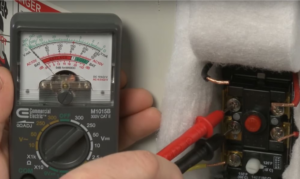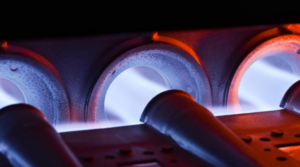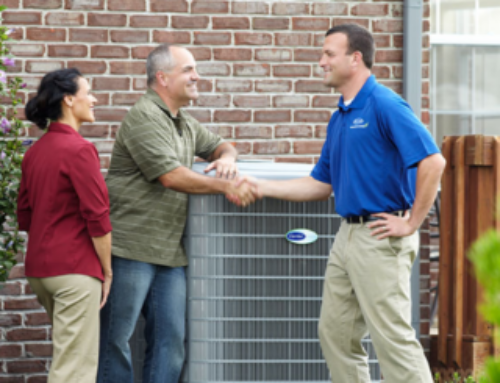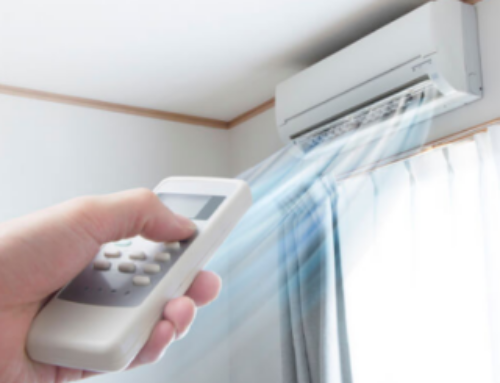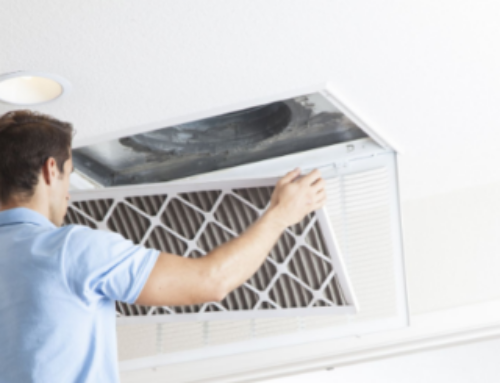Is your Heater Not Working? Here Are 7 Things To Look For
Are you having problems with your Heater? If your home’s heating system needs repair, you might be able to fix it yourself before calling a professional. Flipping a switch might be all it takes. The following troubleshooting steps will help improve your Heater.
1. Make sure your thermostat is working properly.
You won’t be able to heat your home if your thermostat isn’t working. Try changing your thermostat’s batteries if it has a blank display or acts strangely. You may also need to check for a tripped wire in your circuit breaker panel.
2. Ensure that you set the thermostat correctly.
You should check your thermostat’s settings regularly, especially if you have children in the house who may have tinkered with them.
If you are setting the thermostat, you should keep the following things in mind:
When your thermostat is on, your system’s fan still circulates air throughout your home regardless of whether it is heating. Your vents may feel colder after a while, which can help your home maintain an even temperature. You can set the thermostat to “auto” if you only want your system to run when it’s heating air.
3. Check your circuit breaker to see if it was tripped.
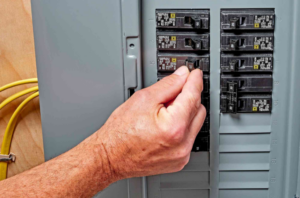
The ignition of a furnace depends on electricity, even oil-burning, and natural gas-burning models. It is important to remember that if your furnace does not receive electricity (due to a tripped circuit breaker, for example), then the flame cannot be lit. You should check the circuit breaker panel of your home for a tripped switch, and you should return the switch to the “on” position. Check to see if the outdoor unit of your heat pump tripped a circuit breaker as well if you own one.
- You may find that several circuits operate your HVAC equipment. If your home uses a fuse box, check to see if the circuit breaker has tripped or if a fuse has blown. You should reset tripped breakers and replace blown fuses as necessary.
- Your HVAC equipment should have an on/off switch. Indoor furnaces and air handlers have an exterior or adjacent wall-mounted control. You will likely find the on/off switch for your outdoor heat pump on the house wall where the refrigerant lines enter. You should set the “on” position on these switches.
4. Try a lower-efficiency air filter or replace the existing filter.
A dust-caked air filter will obstruct airflow through your heating system. The equipment may eventually overheat and shut down as a result of this. We recommend that you replace your air filter within 90 days, although you may need to change it earlier if you use your system on a daily basis.
Your heating system may be experiencing problems because of the efficiency rating of the new air filter you recently installed. As the rating increases, the level of filtration increases as well. Even if it’s tempting to buy the most restrictive filter available, your specific HVAC system may not be able to handle such a filter.
We recommend using a filter with a minimum MERV 8 rating. But it is important to check the owner’s manual of your particular system before purchasing anything higher than a MERV 12.
5. Be sure to close the furnace’s door securely.
You should double-check the furnace door if you have followed all the steps above and your furnace still does not run. Ensure the door is securely in place by opening and closing it until it is snug. Many furnaces do not operate unless the door is securely closed. This is a safety precaution that may seem counterintuitive.
6. You should turn on the power switch of your furnace.
Ideally, there should be a light switch located next to your furnace. The power switch on your furnace is located here. It is possible that the technician who serviced your heater recently failed to turn on this switch, so make sure you turn it on.
Similarly to an air conditioner, heat pumps contain an additional switch alongside the condenser (outdoor unit). A technician can forget to turn back on the power after servicing a heat pump, so make sure you check this switch as well. A metallic box will be mounted on the wall beside the outdoor unit to protect it.
7. Ensure that your furnace is receiving gas.
There is a gas line that supplies natural gas to a gas-burning furnace. In this line, near the furnace, a valve controls the gas flow to the equipment that provides heating. As a safety precaution, people sometimes shut this valve off after the winter season is over. When technicians perform furnace maintenance, they turn it off as well.
Ensure that the valve is back on by checking the lever position. Gas should flow freely through the valve if its lever is parallel to the gas pipe. The valve has been closed if the lever forms a “T” shape with the gas pipe. To open the lever, simply turn it until it is fully open.
Your Heater Still Doesn’t Work?
Don’t hesitate to call the right professionals for fast and efficient heating repairs. Call Gibber Services at 901-422-1258 and let the experts provide you with the right solutions.




